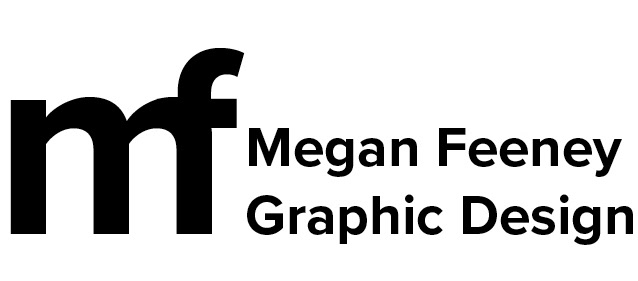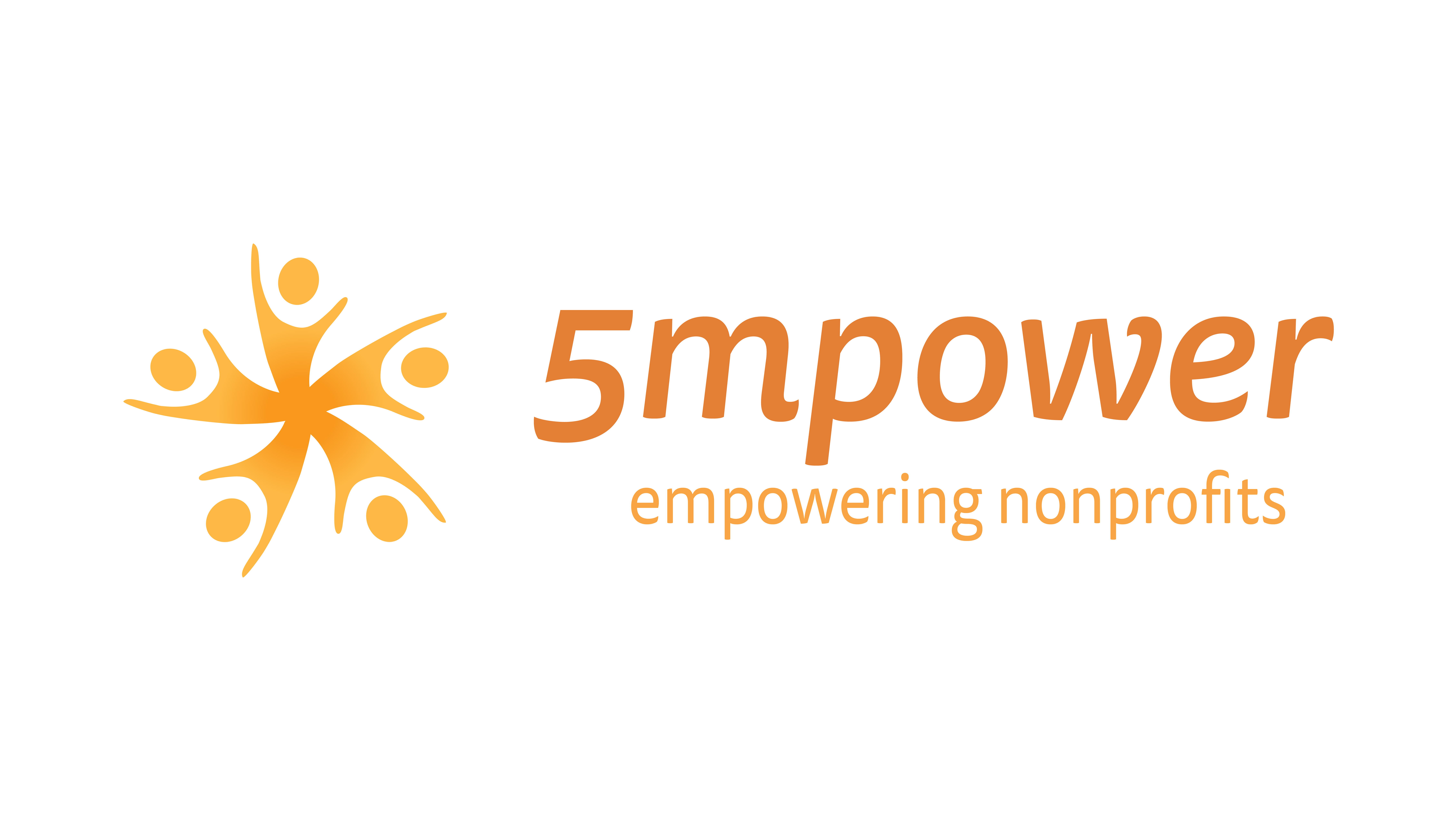Project Overview
This class project uses self-collected data visualizations to emphasize the holistic well-being of each student. The focus is on using visual methods to bring the data to life, revealing patterns, connections, and possible correlations.
Objective
The goal of my project is to explore patterns and connections between my daily macronutrients, caloric intake, and water consumption over 14 days. Macronutrients consist of carbohydrates, proteins, and fats.
Data Collection
Eating healthy, nutritious meals is a priority in my everyday life, so for my self-collected data, I decided to track my daily nutrition through manual logging. My data specifically includes the foods I ate for each meal (including snacks), the time of each meal, the macronutrients of each meal, my caffeine and water intake, and, lastly, my caloric intake that day.
Analysis
Through initial observations of my data, it was clear that the times of each meal and caffeine intake did not serve clear correlations to the rest of the data. On the other hand, the macronutrients had the most compelling data and directly correlated to the caloric intake. Further, I needed to condense some of the data so I took the macronutrients (g) from each meal and calculated the total macronutrients for each day. When comparing my daily macronutrients consumed to my daily caloric intake, there was a clear pattern: the higher the caloric intake was, the higher the consumption of each macronutrient was.
Design Process
Concept Development
The conceptual development began with ideation, mainly in the form of gathering inspiration, rough sketches, and mind maps. When sketching I exercised the "Crazy 8" design sprint method in which I sketched concepts for 8 minutes in an attempt to create a variety of innovative visual solutions.



Concept Sketches
Continuing to ideate, I began sketching some of the concepts as slightly more refined, digital versions.
Digital Iterations
After choosing to go with a circular visualization concept I began to iterate chart layouts that would effectively display my data.
I decided to move forward with the far-right concept above, so I inputted all of my data and began iterating composition layouts.


After receiving feedback from classmates and my professor, I went through another round of edits. These included changing the center shape that represents my caloric intake to place more emphasis on it, as well as changing the key which lacked clarity.


Succeeding the final round of critiques, I made adjustments to the width and stroke of each ring in the chart, to keep the weight consistent. I also made changes to the color palette, choosing analogous colors to emphasize the difference between the macronutrient groups but maintain cohesiveness.
Final Color Palette
Final Design
The final design is an 18x24" poster that utilizes visual methods to comprehensively display my self-collected data on nutrition. The design visualizes my daily macronutrients (g), water intake (oz), and caloric intake, and compares them to the amounts recommended by the U.S. Department of Agriculture (USDA). Balance, color, and proportion are used to compare the macronutrient intakes both to each other and to the recommended amounts. The main insights from my data include which days I ate healthy versus unhealthy and whether or not the macronutrient intake amounts correlate with consuming more or fewer calories on that day. My visualization effectively communicates these insights as you can quickly pinpoint the days I ate more grams of macronutrients by finding the longest rings in the dark shades and comparing them to the caloric intake by seeing if the triangles for that day are pointing up or down. Other conclusions can also be drawn from the visualization such as I only exceeded the recommended caloric intake on three out of the 14 days, and I never exceeded the recommended intake of carbohydrates or water.
Reflection
Challenges
One of the challenges I faced during this project was combining all of the separate categories of data into one cohesive visualization. To overcome this challenge, I went through many iterations and thought through how certain design principles could be used to emphasize or relate each category of data. I ended up using proportion and color as my main principles because they differentiated the macronutrients from one another, but allowed me to use consistent rings which related them back together.
Learnings
Throughout this design process, I gained a better understanding of both technical skills and personal insights. Pertaining to my technical skills, I learned a variety of new Adobe Illustrator tools such as the graph tool and different shape-building and stroke methods to create the rings. One insight I took away from this process is that there are many unique possibilities for visualizing data that can push the boundaries of traditional graphs or charts. I also learned the importance of collecting qualitative and detailed data to enrich the analysis and diversify the visualization possibilities.
Future Directions
This project could be expanded in the future by tracking more detailed data points such as sensory experiences during each meal or environmental factors like as eating out versus at home. Seeing how this data would create new patterns or emphasize existing correlations would be an impactful expansion of the existing project. Consequently, the design would need to change to accommodate any new data, giving this project the potential to evolve and improve in the future.










